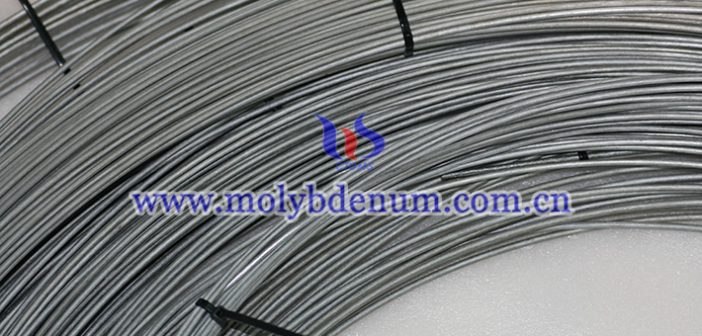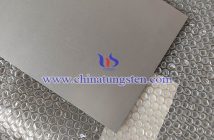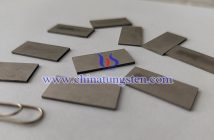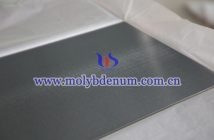Molybdenum (Mo) wire and tungsten (W) wire are indispensable materials in numerous industries due to their exceptional physical and chemical properties. While they share some similarities as refractory metals, their distinct characteristics make them suitable for different applications.
Applications of Molybdenum Wire
Aerospace Industry:
Mo wire is extensively used in the aerospace industry due to its high strength-to-weight ratio, excellent thermal stability, and resistance to creep at elevated temperatures. It is used in critical components such as aircraft and missile parts, where reliable performance under extreme conditions is essential. Additionally, Mo wire is utilized in the production of heat shields and other thermal management components.
Electronics and Semiconductors:
The electronics industry benefits significantly from Mo wire, particularly in semiconductor manufacturing. Its low thermal expansion coefficient and high electrical conductivity make it ideal for applications like gate electrodes, wiring in integrated circuits, and contact points. Molybdenum's ability to withstand high temperatures without degradation ensures reliability in electronic devices.
Medical Applications:
In the medical field, Mo wire is used in the production of X-ray tubes and various medical instruments. Its high melting point and excellent thermal conductivity make it suitable for generating the necessary heat in X-ray applications. Mo wire is also used in surgical instruments and devices that require biocompatibility and corrosion resistance.
Chemical Processing:
Mo wire’s corrosion resistance makes it valuable in chemical processing environments. It is used in equipment and components exposed to corrosive substances, ensuring longevity and reliability.
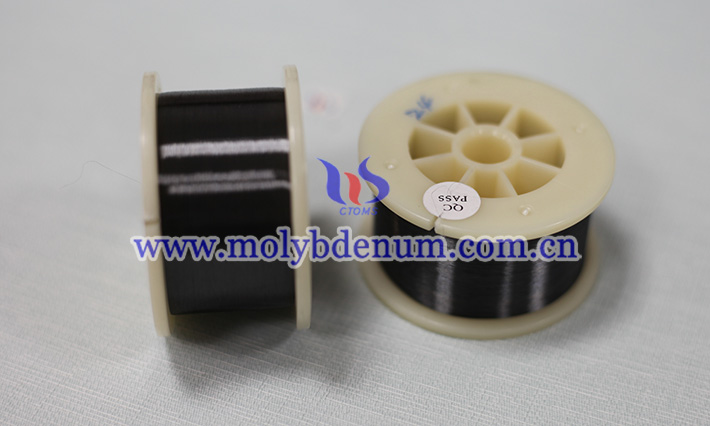 Applications of Tungsten Wire
Applications of Tungsten Wire
Lighting Industry:
W wire is renowned for its use in the lighting industry, particularly in the production of incandescent light bulb filaments. Tungsten's extremely high melting point (3422°C) and excellent thermal conductivity make it ideal for converting electrical energy into light efficiently. It is also used in halogen lamps and other high-temperature lighting applications.
Electronic Devices:
In electronic devices, W wire is utilized in cathode ray tubes, electron emitters, and as filaments in vacuum tubes. Its high melting point and ability to maintain structural integrity at elevated temperatures are crucial for these applications.
High-Temperature Furnaces:
W wire is a preferred material for components in high-temperature furnaces, such as heating elements and support rods. Its resistance to thermal deformation and ability to perform reliably at extreme temperatures make it indispensable in these environments.
Aerospace and Defense:
In the aerospace and defense sectors, W wire is used in applications requiring exceptional durability and strength. It is employed in rocket nozzles, propulsion systems, and high-temperature shielding, where it can withstand the harsh conditions of space and high-speed flight.
Comparative Analysis
While both molybdenum and tungsten wires offer high melting points and thermal stability, their specific properties dictate their applications. W wire’s higher melting point and thermal conductivity make it superior for applications requiring extreme heat resistance, such as lighting filaments and high-temperature furnace components. On the other hand, Mo wire's better workability, lower density, and corrosion resistance make it more versatile for aerospace, electronics, and medical applications.
Chinatungsten Online is a professional manufacturer of tungsten and molybdenum for nearly thirty years. We can supply various types of molybdenum wires as per the uses. Please free feel to contact us when you got the purchasing plans.

